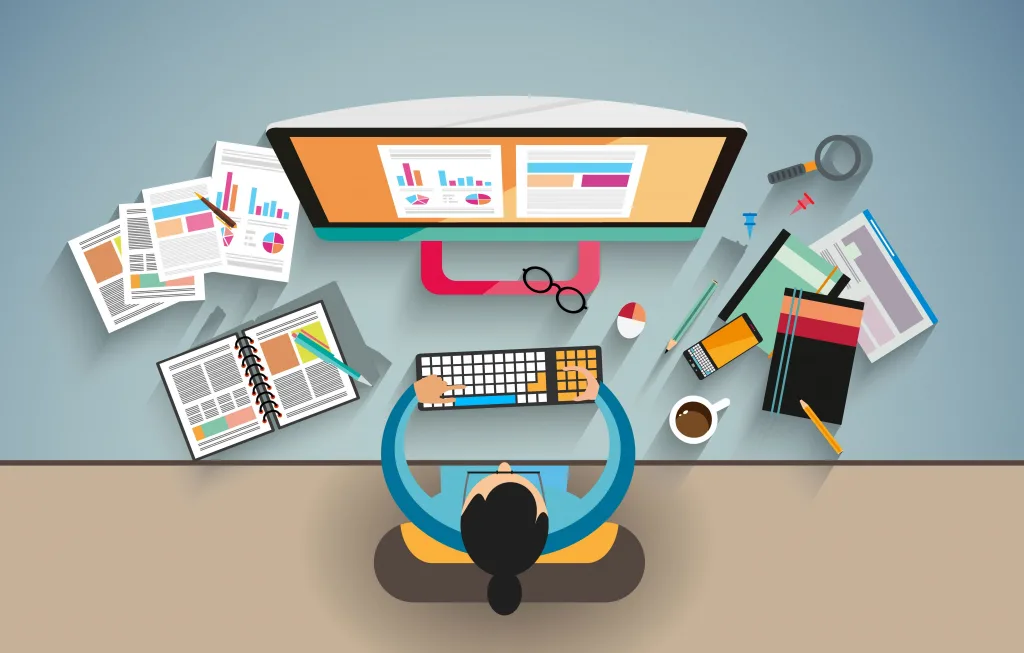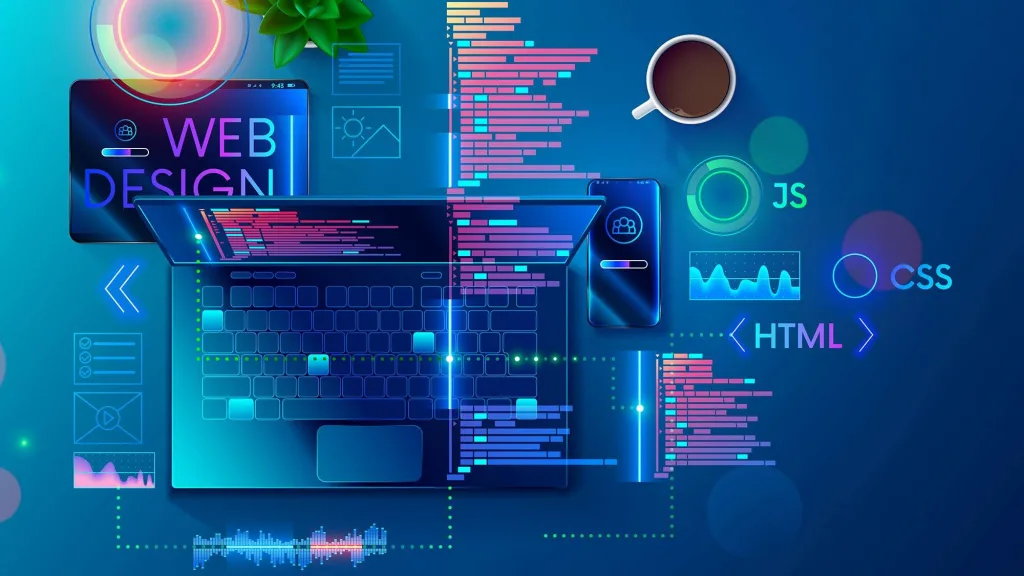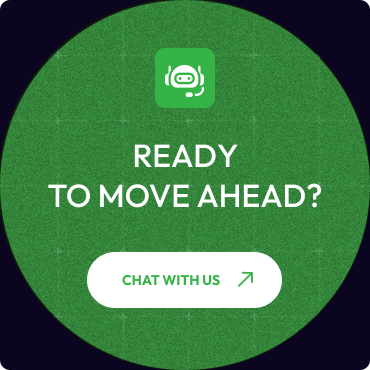Creating a Digital Impact with Web Design
In the digital age, a professional and captivating website not only helps your business make a strong first impression but also plays a crucial role in maintaining customer engagement and trust.
Web Design is the process of creating and developing websites on the internet. It includes planning, designing the interface, structuring, layout, and other visual elements to ensure the best user experience.

Key features of Web design
Visual design & User Interface (UI): Visual design uses color, images, and creative layouts to create attractive and unique websites. UI creates an intuitive, easy-to-use interface that makes it easy for users to interact with the website.
User experience (UX): Creating a seamless and intuitive navigation experience, ensuring that users can find information easily and interact with the site efficiently.
Responsiveness: Ensuring the website is compatible with various devices and screen sizes, providing a consistent experience across desktops, tablets, and smartphones.
Consistency: Maintaining a consistent design language and branding throughout the website, making sure all elements align with the brand identity.

The difference between Web design and Web development
Web Design focuses on the visual and aesthetic aspects of a website. It involves creating the look and feel of the site, including layout, color schemes, typography, and imagery. Web designers ensure the website is visually appealing, user-friendly, and aligns with the brand’s identity.
Web Development focuses on the technical and functional aspects of a website. It involves building and maintaining the website’s functionality using programming languages like HTML, CSS, and JavaScript. Web developers implement the designs created by web designers, ensure the site is responsive and works across different browsers and devices, and integrate necessary functionalities like forms and databases.
Web development is a broader term, and it includes setting up the back-end side of your website — that is, all the behind-the-scenes coding. Web design, however, is limited to front-end optimization — that is, the part of your website users see.

10 Principles of Good Website Design
Don’t make users think
Websites should be designed so that users can navigate and understand them without having to think too much. The interface needs to be intuitive and user-friendly, providing clear information so users don’t struggle to find what they need or perform actions. Use recognizable icons and straightforward text to minimize confusion and enhance user experience.
Don’t squander users’ patience
Today’s users have little patience when visiting a website. Ensure that your website loads quickly and user interactions are processed swiftly. Avoid long wait times or complicated steps for users to complete tasks. Provide immediate feedback and optimize performance to retain users and reduce bounce rates.
Manage to focus users’ attention
Use design elements to direct users’ attention to the most important aspects of the website. Employ prominent colors, sizes, and positioning to highlight key elements such as call-to-action (CTA) buttons and important information. Ensure that critical elements stand out and are easily recognizable to users.
Strive for feature exposure
Ensure that important features and information are clearly visible and easily accessible. Avoid hiding key functionalities or making users search extensively to discover them. Use design elements to highlight and introduce key features, helping users make the most of the website’s capabilities.
Make use of effective writing
Content on the website should be clear, concise, and easy to understand. Use simple and direct language to convey messages. Avoid complex terminology or lengthy text. Effective writing helps users grasp information quickly and take desired actions.
Strive for simplicity
Website design should be simple and easy to understand. Avoid adding unnecessary elements or creating distractions. Simplicity helps users focus on key tasks and improves overall experience. Use minimalist design to highlight important elements and reduce clutter.
Don’t be afraid of white space
Use white space effectively to create a clean and readable design. White space enhances readability and highlights important elements. Don’t be afraid to leave empty areas in the design; it makes content clearer and easier to process.
Communicate effectively with a “visible language”
Use visual language to communicate with users. This includes employing icons, images, and visual design elements to convey messages without excessive text. Visual language helps users understand information faster and reduces the need for extensive reading.
Conventions are our friends
Adhering to common web design conventions helps users recognize and use the website more easily. Utilizing familiar design patterns and interface elements reduces confusion and improves usability. Conventions like navigation buttons in the top left corner or blue links are expected by users and are easier to find.
Test easily, test often
Conduct regular testing and evaluation of the website design to ensure it works as intended and meets user needs. Use user testing methods, data analysis, and feedback to identify issues and make improvements. Continuous testing ensures that the website remains in optimal condition and provides the best user experience.
PadiTech’s web design services focus on creating sophisticated, efficient, and user-friendly online solutions. We offer comprehensive design services, from user interface to user experience, aimed at delivering visually appealing, easy-to-use, and responsive websites. Our design team combines creativity with advanced technology to build websites that align with your business needs and objectives, ensuring high compatibility across all devices and platforms.






